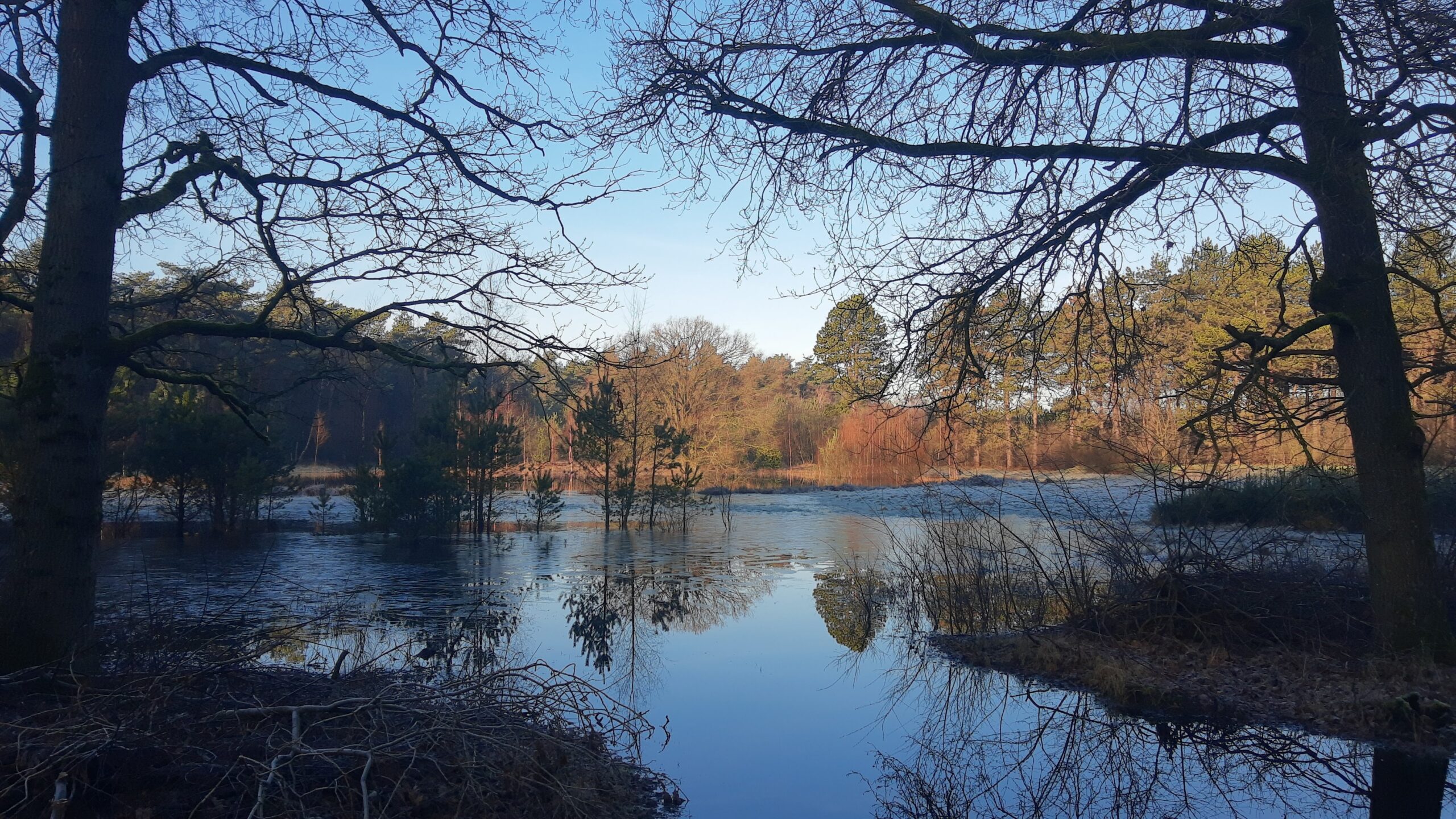During a recent trip to Costa Rica, I had the opportunity to delve into the country’s lush landscapes alongside Don Carlos, a local resident. He introduced me to a hidden gem: a verdant patch of forest nestled within agricultural lands in the northern region, where his family owns a cattle farm. Don Carlos stumbled upon this forest by chance while venturing to a nearby waterfall, a sanctuary for locals seeking solace, especially during the pandemic. Intrigued by an overgrown path, he followed it and uncovered an untamed trail leading deep into the forest. Since then, he has visited this forest weekly, even discovering a previously unknown plant species together with a Costa Rican botanist.
Accompanying Don Carlos on this expedition was a captivating experience. We traversed a small dirt road and embarked on a 15-minute trek to reach the waterfall. From there, we navigated through fallen trees to access the secluded trail. Along the way, we encountered a diverse array of bird species and amphibians. Suddenly, the scent of wild animal feces filled the air, signaling the presence of a family of wild boars. We remained motionless as they passed by, a testament to the area’s undisturbed wildlife.
As we ventured deeper into the forest, we encountered vibrant wildflowers, towering trees, and evidence of elusive wildlife, such as scratches left by wild cats. After three hours of exploration, the trail led us to an old logging path that had fallen into disuse since the 1990s—a poignant reminder of the region’s conservation journey.
What truly fascinated me was the realisation that despite feeling immersed in dense forest, the area spans a mere two kilometers and is bordered by agricultural lands. Looking skyward, the contrast between the forest canopy and the open fields, where cattle grazed and farmers tended to their crops, was striking.
This experience to me underscored the importance of preserving such green corridors, which serve as vital habitats for Costa Rica’s rich biodiversity. As I reflected on this, I couldn’t help but wonder: How can we replicate these corridors in European countries, and what benefits could they offer to both nature and communities? It’s a question worth exploring as we strive to create sustainable landscapes that support thriving ecosystems and harmonious coexistence between humans and wildlife.

